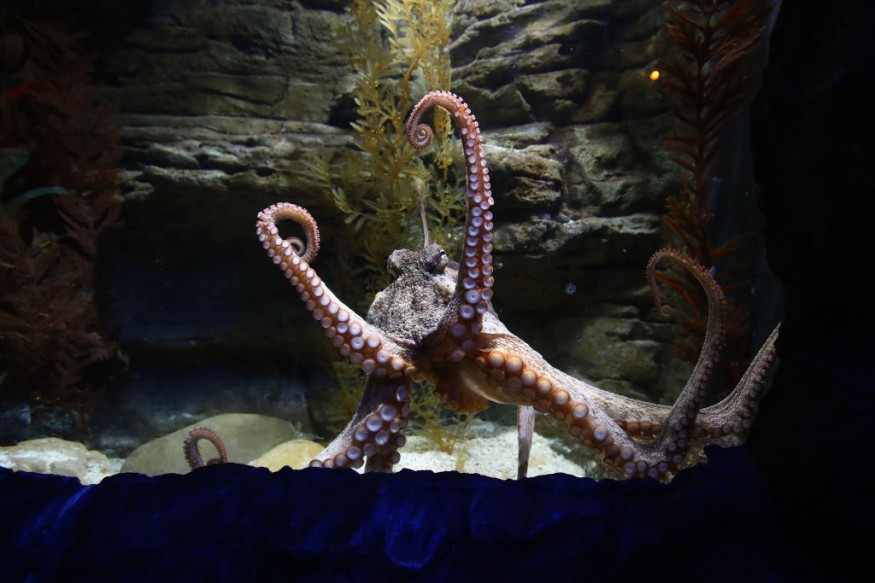
The color-blind attribute of octopus and their ability to detect polarized lights had provided 'breakthrough insights' for researchers and optometrists to develop novel medical device that can assess the risk factors for human sight loss.
A study conducted by team of researchers led by Professor Shelby Temple in the University of Bristol, a research university in Bristol, England introduced insights into identifying future risks of age-related macular degeneration (AMD), an eye disease that gradually worsens later in life, through polarization vision in octopuses. Surprisingly, they also found polarization patterns in humans in a 24 percent polarized light.
Polarization Patterns in Humans
The team are quite aware that octopuses and other marine species can perceive polarized light underwater just like we see color, but it was a surprising find that they can only do so at a 2 percent polarized light. It was even more surprising when they found that humans can do so as well at 24 percent.
According to Shelby, the macular pigments in a human eye can distinctively absorb violet-blue light in a specific polarization angle enabling us to detect polarization in lights. They call this entoptic phenomenon as the Haidinger's brushes.
You may not be well aware of it because it can be relatively hard to see, but we all have produced the Haidinger's brushes for some time, a special yellow horizontal bar or bow-tie shape feature in our retina positioned on the macula, allowing us to utilize our macula more when we look at objects than the eccentric region of the retina or the adaptation of eccentric fixation.
The study suggests that the more macula humans have in their retina, the more protected they are against sight-loss.
Octopus' Polarization Vision in Developing Ophthalmic Device for Humans
Shelby and her team measured polarization vision in octopuses to see if they can develop a novel ophthalmic device that can make screening people with low macular pigments to be quicker.
Ten octopuses were collected, 8 Abdopus aculeatus and 2 Octopus cyanea, and were presented with visual stimuli in its home aquarium, in front of a modified LCD computer monitor. The testing tank was illuminated by the light emitted by the LCD screen displaying video in polarization contrast only. Results showed that octopuses responded to stimuli varying in polarization contrast alone within milliseconds.
While the team wasn't so sure how the octopuses use polarization sensitivity in their everyday life, their findings provided innovative ideas in measuring macular pigments in humans. Generally, having more of these pigments can give a long-term protection of one's retina. It works as an antioxidant that absorbs the most damaging high energy visible (violet-blue) wavelengths (380-500 nm) of light, preventing development of AMD.
Professor Temple started the Azul Optics Ltd company that enables rapid screening of macular pigment levels in patients from ages 5 -95 years old, which is not yet accessible in other eye care industries.
The professor considered their invention as 'serendipitous' as it will benefit people especially in old age to rely more on their eye sight and prevent them from acquiring devastating eye disease.
© 2025 NatureWorldNews.com All rights reserved. Do not reproduce without permission.





